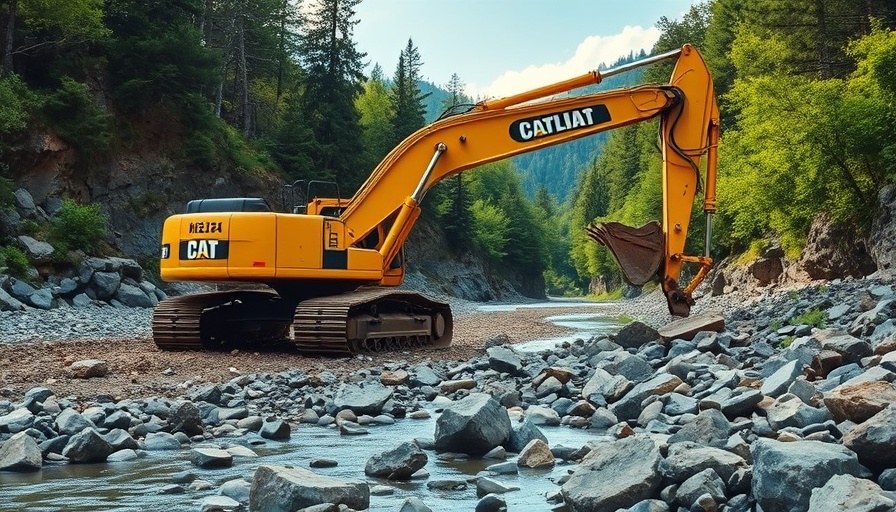
Total Transformation Ahead: The New Key Bridge Project
The Francis Scott Key Bridge in Baltimore is on the path to a significant transformation as its demolition progresses. Maryland officials are gearing up for a new and improved bridge that is set to stand taller and longer than its predecessor, benefiting both commuters and the local transportation network.
Understanding the Demolition Process: An Eco-Friendly Approach
As demolition teams systematically dismantle the bridge, they are opting for an environmentally sound method. By removing the remaining structure piece by piece, workers are lessening the environmental impact compared to controlled demolitions. The Maryland Transportation Authority emphasizes that this method helps keep debris from falling into the Patapsco River, thereby preserving the aquatic ecosystem during the construction process.
Funding and Future Concerns: What's on the Horizon?
While the excitement surrounding the new span is palpable, there are concerns regarding funding commitments from the federal government. With construction set to begin in late 2025, securing adequate financial support will be critical to ensure a timely completion. State officials are optimistic that the project will not only meet deadlines but also serve as a point of pride for Maryland residents.
Projected Benefits of the New Span: Elevating Safety and Efficiency
The future Key Bridge is designed to be 230 feet above the water, offering significant improvements in navigation clearance for shipping. Additionally, with a length of 1,665 feet, the new structure will effectively enhance traffic flow, reduce congestion, and increase safety for both motorists and pedestrians.
Conclusion: A Bridge to a Brighter Future
The construction of the new Key Bridge represents a crucial development not just in infrastructure but also in the community's resilience following the tragic collapse. Stakeholders in the building and construction industry should stay informed on developments pertaining to this project, as it may present various opportunities for engagement and participation.
 Add Row
Add Row  Add
Add 




Write A Comment